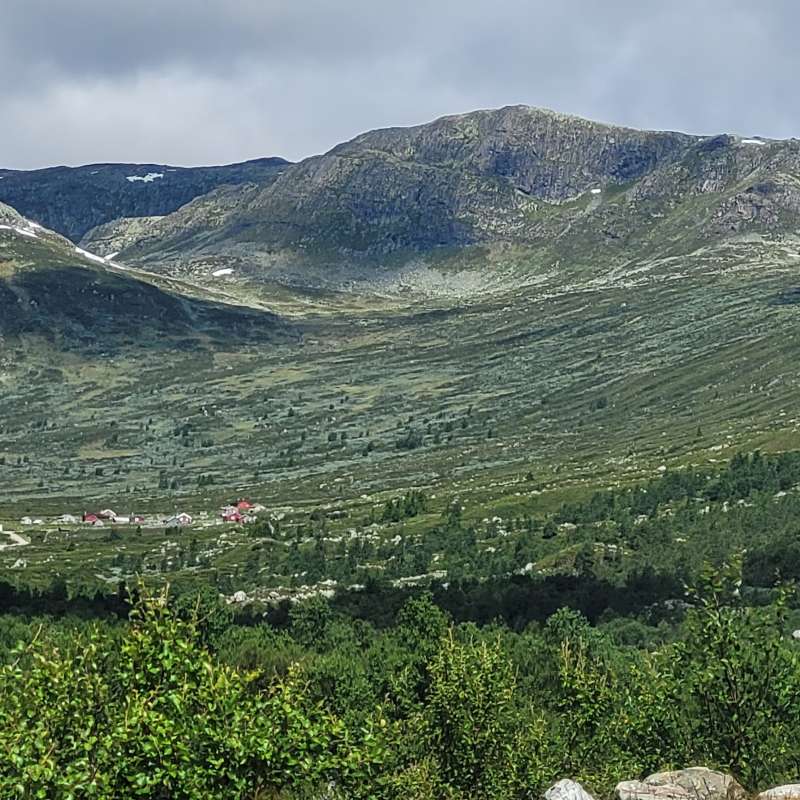Sebastian Eiter
Research Professor
(+47) 974 81 109
sebastian.eiter@nibio.no
Place
Ås O43
Visiting address
Oluf Thesens vei 43, 1433 Ås
Biography
Dr Sebastian Eiter is a geographer and landscape ecologist. His research topics include driving forces and consequences of agricultural landscape change, cultural heritage, biodiversity, public participation and urban agriculture.
Authors
Jana Špulerová Debbie Bartlett Alexandra Kruse Hannes Bürckmann Sebastian Eiter Mateja Šmid Hribar Drago Kladnik Zdeněk Kučera Jakub Melicher Sophia Philipp Kerstin Potthoff Hans Renes Michael Roth Maurizia SiguraAbstract
Traditional orchards are one of the most well-known examples of multifunctional farming. They have a long history of providing different fruits and combining various other agricultural activities, such as extensive animal farming, with cultural significance that reflect the different regional landscapes of Europe. Objectives This study investigates the extent of traditional orchards and addresses their cultural significance and their contribution to the Sustainable Development Goals in the context of multifunctional agricultural landscapes. Method The presented work combines an expert survey conducted in ten EUCALAND network member countries by means of both a standardised and a more detailed questionnaire to compare and summarize the situation of traditional orchards in these countries. Results The results show that traditional orchards are diminishing on the European scale but still have huge significance in many regions. Provisioning ecosystem services, such as fruit production, are valued in terms of disease resistance and genetic diversity which is likely to be of increasing importance in the context of future climate change and concerns over food security. The most important drivers for maintaining traditional orchards appears to be based on cultural ecosystem services and the benefits they provide to society, including the preservation of traditions and regional identity, attractive places for recreation, aesthetic appreciation, inspiration for artists. The examples of best practices from the contributing countries all reveal the close connection of these orchards to local communities and to often specific traditional knowledge. Conclusion The presented review of the current situation for these important components of the agricultural landscape as well as country-specific management characteristics has the potential to inspire other countries to maintain their traditional orchards.
Abstract
No abstract has been registered
Abstract
Recycling nutrients and organic matter available as waste in urban areas may close nutrient gaps and improve soil quality, but the concentrations of potentially toxic elements (PTEs) are commonly higher than in mineral fertilisers. How quickly may the limits for soil quality be exceeded, and for which elements, if such materials are applied intensively? For a rough answer to this question, we used soil data from ten case farms near Oslo and Bergen (Norway) to estimate how PTE concentrations increased when the demand for nitrogen (N), phosphorus (P) and potassium (K) in a theoretical carrot crop produced every year was covered by compost or digestate from source-separated food waste, or composted garden waste, compared with manure from horses and poultry which are often kept in peri-urban areas. With the intensive fertilisation assumed here, the Norwegian soil quality limits for PTEs were reached within 20–85 years, and faster for soil with more organic matter since regulatory limits set by weight discriminate soils with low bulk density. The limits were reached first for Cu and Zn, which are both essential micronutrients for crop plants. The concentrations of macronutrients in the urban waste-based fertilisers were not well balanced. Rates covering the K demand would lead to high surpluses of P and N. In peri-urban vegetable growing, high applications of compost are not unusual, but more balanced fertilisation is required. The Norwegian regulations for PTEs in organic soil amendments and agricultural soil are stricter than in the EU, and do not support recycling of organic matter and nutrients from urban waste. Many materials which can only be applied with restricted amounts to Norwegian agricultural soil, may be applied according to crop demand in the EU. Growers utilising urban waste-based fertilisers intensively should monitor the soil regularly, including PTE analyses. Soil sampling should occur on fixed sampling points to reveal changes in concentrations over time. Norwegian authorities should consider a revision of the organic fertiliser regulation to support recycling of valuable organic materials. There is a need for more data on the PTE concentrations in agricultural soil and organic fertiliser materials.

